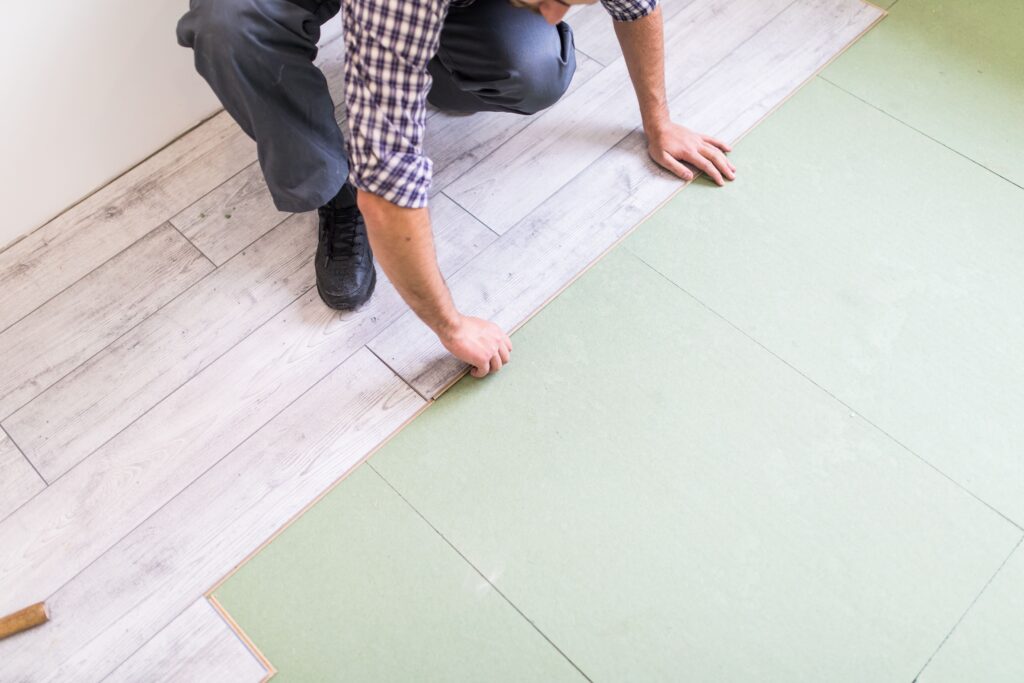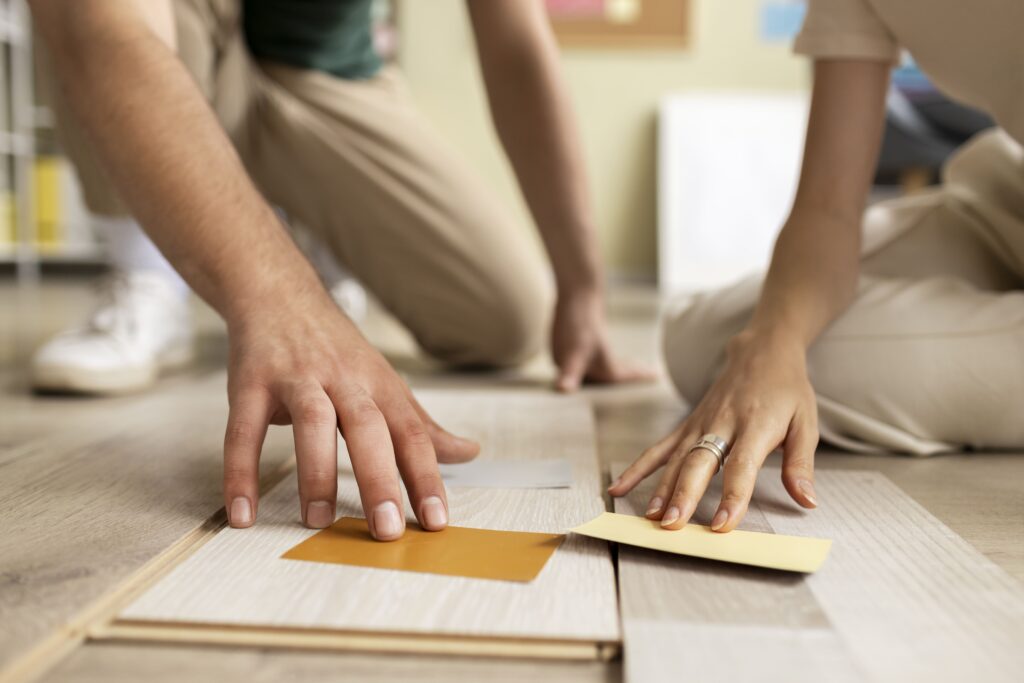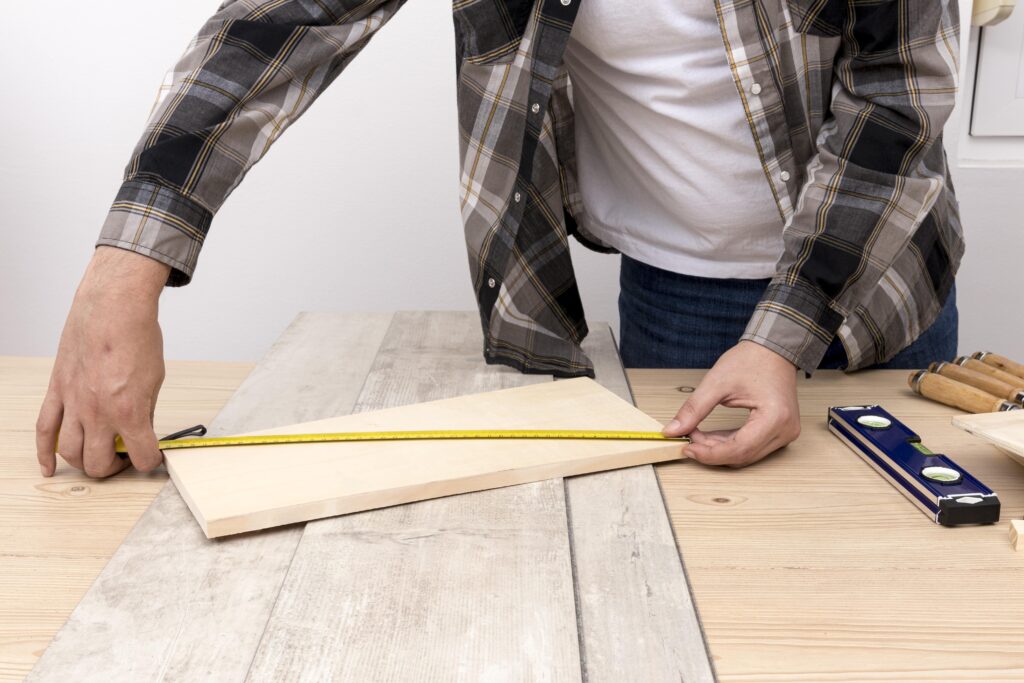Hardwood floors are an investment that can last a lifetime—if you care for them properly. Whether you’re new to hardwood flooring or have had them for years, maintaining them is key to preserving their beauty and longevity. Here, we’ll cover essential tips on how to clean, protect, and extend the life of your hardwood floors, ensuring they remain a stunning feature in your home for decades to come.
1. Regular Cleaning: Keep Dirt and Dust at Bay
One of the simplest but most effective ways to maintain hardwood floors is by keeping them clean. Dust and dirt can act like sandpaper, gradually scratching and dulling the surface. To prevent this:
- Sweep or vacuum daily using a soft-bristle broom or a vacuum with a hardwood floor attachment.
- Mop with care: Use a damp (not wet) microfiber mop for regular cleaning. Avoid soaking the floor as water can damage the wood over time.
- Use a hardwood-friendly cleaner: Avoid harsh chemicals that could strip the finish. A pH-neutral cleaner specifically designed for hardwood floors is your best option.
Common Question: “Can I use vinegar and water on hardwood floors?”
- While some homeowners recommend a vinegar and water solution, vinegar can actually dull the finish of your hardwood floors over time. It’s best to stick to a cleaner designed for wood.
2. Use Area Rugs and Furniture Pads for Extra Protection
High-traffic areas and heavy furniture can quickly wear down your hardwood floors. To protect them from scratches and dents:
- Place area rugs in high-traffic areas such as hallways, entryways, and in front of the sink or stove in the kitchen.
- Use felt pads under furniture to prevent scratching when moving chairs or tables. Make sure to check these pads periodically and replace them as needed.
- Rotate rugs and furniture occasionally to avoid uneven wear patterns on your floors.
Common Question: “Will rolling chairs damage hardwood floors?”
- Yes, rolling chairs can cause wear and tear on hardwood surfaces. Consider placing a rug or floor mat under your chair, or use caster wheels designed for hardwood.
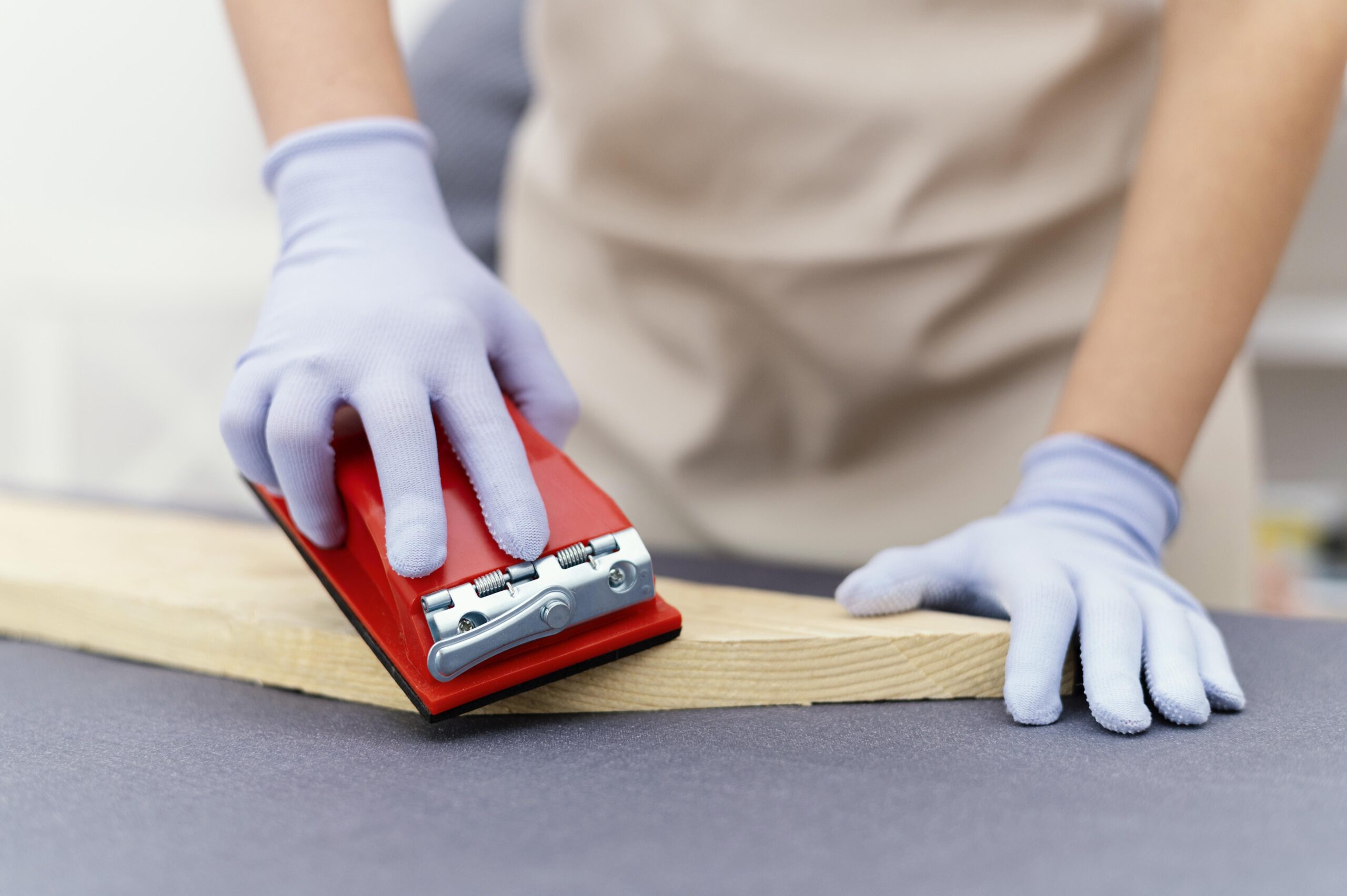
3. Manage Moisture: Prevent Warping and Gaps
Moisture is one of the biggest enemies of hardwood floors. Excessive humidity can cause the wood to swell and warp, while dry conditions may lead to cracks and gaps. To avoid these issues:
- Maintain indoor humidity levels between 35-55%. Using a humidifier in winter and a dehumidifier in summer can help control moisture levels.
- Wipe up spills immediately: Never let water or liquid sit on your hardwood floors for long periods, as this can lead to warping or staining.
- Avoid steam mops: While these may seem convenient, the steam can cause wood to expand and crack over time.
Common Question: “What should I do if my hardwood floor gets wet?”
- If water spills, wipe it up immediately with a dry cloth. For larger water exposure, such as flooding or a leak, consult a flooring professional to assess the damage.
4. Refinish When Necessary
Over time, even the most well-maintained hardwood floors will show signs of wear. A professional refinishing job can breathe new life into your floors by restoring the finish and removing surface scratches. Here’s how to know when it’s time to refinish:
- Visible scratches or dull areas: If your floors look worn or the finish has faded, refinishing can restore their original shine.
- Deep scratches or gouges: Refinishing can address surface damage, but for deeper issues, repairs may be necessary before refinishing.
Common Question: “How often should hardwood floors be refinished?”
- On average, hardwood floors need refinishing every 7-10 years, depending on traffic and wear. High-traffic areas may require refinishing sooner.
5. Control Sunlight Exposure to Prevent Fading
Natural light is great for brightening a room, but over time, it can fade and discolor hardwood floors. To protect your floors from UV damage:
- Use curtains or blinds to block direct sunlight during peak hours.
- Install UV-resistant window film on windows to minimize the sun’s impact on your hardwood.
- Rotate rugs and furniture periodically to ensure even fading and wear across the floor.
Common Question: “Can faded hardwood floors be restored?”
- Yes, refinishing can restore faded floors, though if the damage is extensive, a professional may need to sand and restain the affected areas.
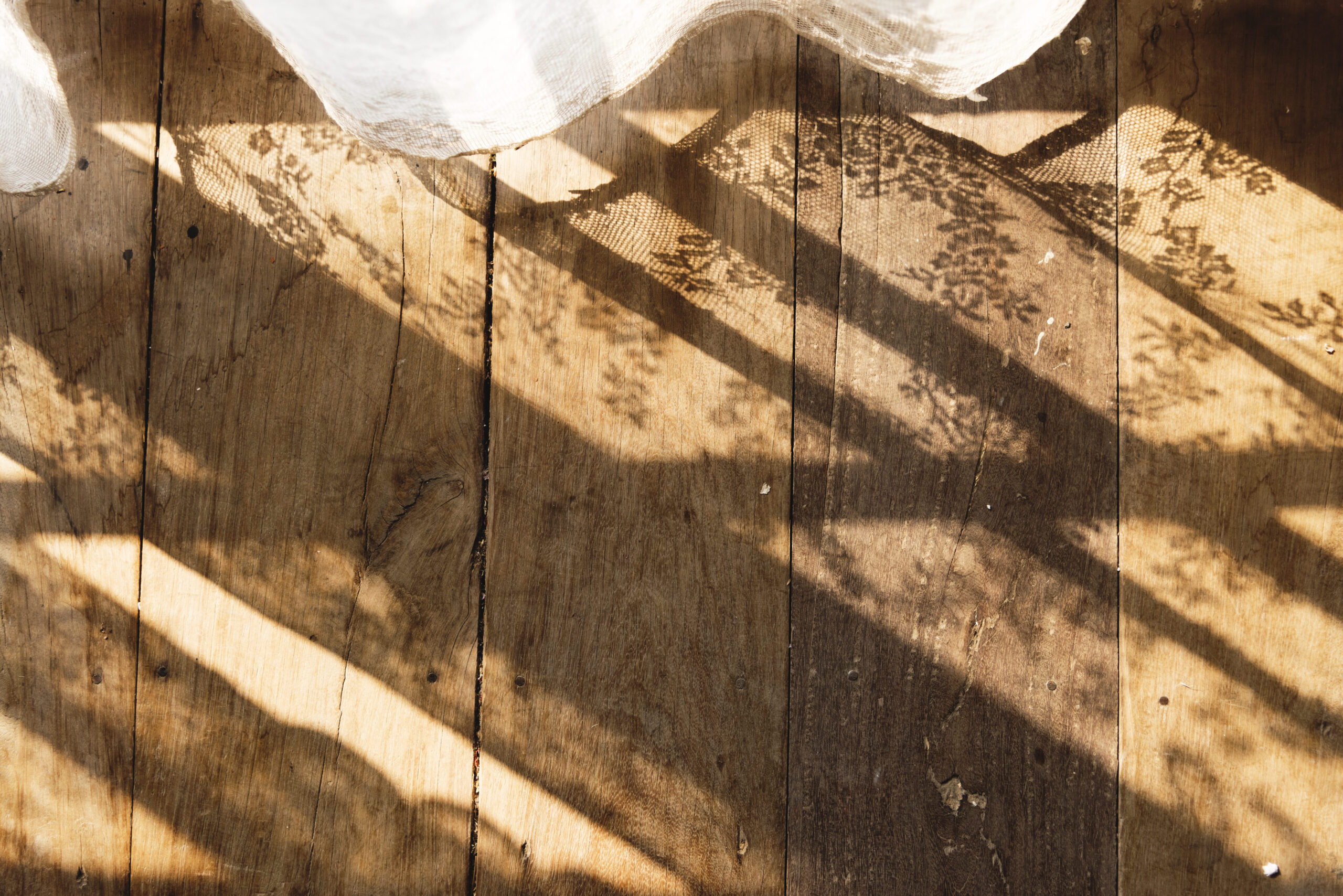
6. Professional Maintenance Services
While regular cleaning and preventive measures will go a long way in protecting your hardwood floors, sometimes professional help is necessary. At Soho Forest Flooring, we offer a range of maintenance services to help keep your floors in top condition, including:
- Deep cleaning: Our professional cleaning services can remove grime and buildup that regular mopping may miss.
- Spot repairs: For minor scratches, dents, or water damage, we can restore the affected areas without needing a full refinishing job.
- Annual maintenance checks: Regular inspections can identify potential problems early, allowing you to address them before they become major issues.
Common Question: “How do I know when to call a professional for my hardwood floors?”
- If you notice deep scratches, significant wear, or warping that can’t be addressed with regular cleaning, it’s time to consult a flooring expert.
Conclusion: Protect Your Investment
Hardwood floors are beautiful and long-lasting, but they require the right care to maintain their look and value over the years. By following these maintenance tips and staying on top of regular cleaning and repairs, you can extend the life of your floors and keep them looking great.
If you need help with your hardwood floor maintenance, refinishing, or repair, Soho Forest Flooring is here to provide expert advice and professional services tailored to your needs. Contact us today to schedule a consultation or to learn more about our services!
